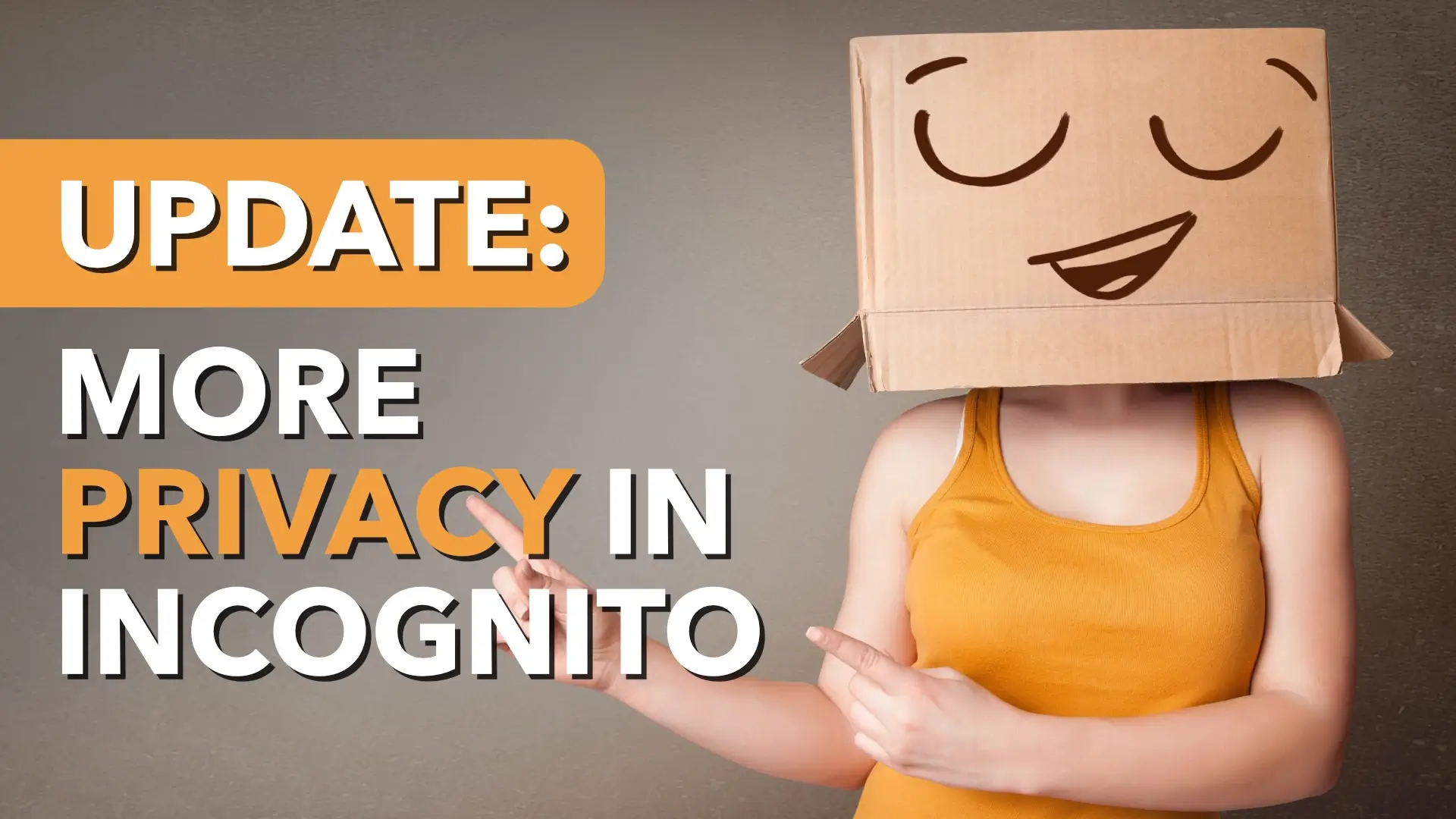How AI Is Finally Fixing It
Continue readingThat Free File Converter Might Be a Malware Trap
What Businesses Need to Know
Continue readingMS Teams Just Made Your Business Meetings Smoother
(Finally!)
Continue readingYour Team Thinks They Can Spot Phishing Emails. Most Can’t.
The major gap that is a hidden risk
Continue readingWhy Spreadsheets Are Holding Your Business Back
(and What to Do Instead)
Continue readingIs Your Business Leaving the Door Wide Open with Weak Passwords?
Simple Ways to Boost Security Without Complicating Your Day
Continue readingDid you even know Incognito Mode copied your Clipbaord? Across devices!?
How a change you didn’t notice makes it more private
Continue readingYour Browser May Soon Launch AI Without Asking
Microsoft is betting you will like it
Continue readingCyberattacks Rank as the #1 Concern for Businesses
Here’s Why It Matters
Continue readingDon’t Fall Victim: Malware Dangers Lurking Behind Ads for Small Businesses
Here’s What You Need to Know
Continue reading








